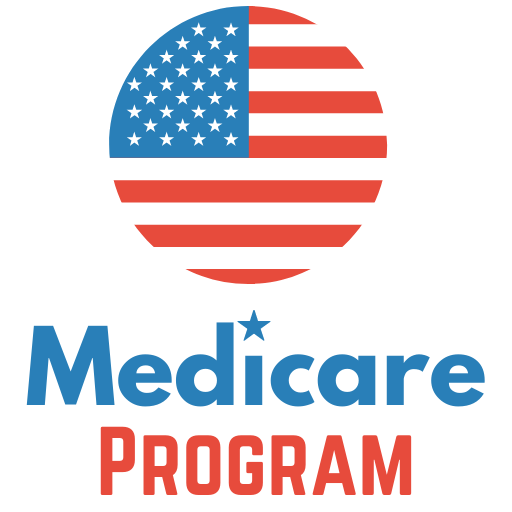
Medicare Explained: Understanding it and its different parts
Medicare is a health insurance program under the control of the US government. Not only is this program designed specifically for people over 65, but it is also available to younger people with serious health problems and medical conditions. The beauty of this program is that it is free for some people and has no cover charge. As you would expect, you need to register in the period just before your 65th birthday.
Contents
Eligibility conditions
For people over 65 years old
You have been a legal resident of the United States for at least five years. You are a retired government employee and signed up to this program. You have Social Security benefits.
For people under 65 years of age
In case you suffer from Lou Gehrig’s disease. If you suffer from kidney failure. If you are declared eligible for Social Security benefits.
Medicare has several parts including: Part A, Part B, Part C, and Part D. The different parts of Medicare are discussed below.
Medicare Part A
Also known as Medicare hospital coverage. This is because it treats inpatients who require the utmost care. If you or your spouse paid Medicare taxes during your working years, you will not be required to pay premiums when you turn 65. These Medicare taxes will act as premiums. There are a number of services covered under Part A. Some of these include:
Healthcare at home: The best thing about this service is that it is offered at your home if you need any special attention. It covers you for a period of 100 days. The condition to qualify for Part A is to have been in the hospital for three consecutive days as an inpatient. This will only happen within the first two weeks after you become eligible for home health care.
Inpatient hospital care: This care is specific to hospitalized patients who have been admitted by a doctor. In a psychiatric hospital, Medicare covers up to a maximum of 190 days of life, while in a General Hospital, Medicare covers up to a maximum of 90 days of life.
Care at the hospice: This benefit is offered to terminally ill patients.
Medicare Part B
This Medicare health service is responsible for coverage of services not covered under Part A. It is specific to outpatients. This program is largely funded by people who sign up for it. This is the result of the high premiums they have to pay monthly. In addition, the program is optional. Benefits offered here include:
Durable medical equipment such as wheelchairs and oxygen tanks. This equipment can be used for a longer period of time. Therapy Benefits: Occupational, outpatient physical therapy, and speech therapy provided by Medicare professionals or therapists. Ambulance Services: Covers the emergency transport of patients to and from hospitals. Selection of prescription drugs: Examples of drugs that may be administered by a doctor here include; cancer drugs, dialysis drugs, antiemetic drugs and some immunosuppressive drugs.
Medicare Part B has deductibles and before you pay anything, they must be met first.
Medicare Part C
This part of Medicare is also known as the Medicare Advantage. It is usually provided by a private insurance company. It provides additional items that were not covered under Medicare Parts A and B. This Medicare plan has two main types namely:
Preferred Provider Organization (PPO): With this plan, you can visit health facilities, specialists, or doctors whether they are in your plan’s network or not. You do not need a referral to visit your doctor, physician or specialist. Health maintenance organization (HMO). This is the most common option available to patients who need additional Medicare coverage that is not offered under both Medicare inpatient and outpatient services. For this plan, you may need a referral to see your favorite doctor or specialist.
Part C also covers services such as hearing, gym memberships, home delivery of meals for patients, prescription drugs, dental, transportation to doctor appointments, and vision.
Medicare Part D
This part of Medicare is also known as the Medicare prescription drug benefit. It covers most outpatient prescription drugs and is provided by private insurance companies. In addition, Part D also covers a wide range of vaccines that are not covered in Part B.
The Medicare prescription drug benefit has several phases, including initial coverage, a coverage gap phase, deductibles, and catastrophic coverage.
Some of the drugs covered in this plan include cancer drugs, antipsychotic drugs, immunosuppressant drugs, HIV/AIDS treatments, anticonvulsant treatments, and antidepressants.

Comments are closed.